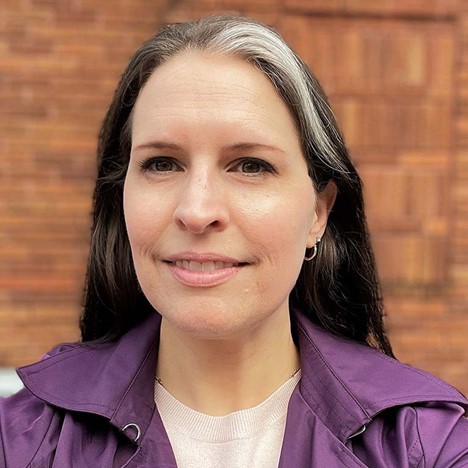 On Indiana University’s Total Solar Eclipse Week: How will migrating birds treat the solar eclipse?
On Indiana University’s Total Solar Eclipse Week: How will migrating birds treat the solar eclipse?
Kimberly Rosvall, associate professor of biology, asks for help in finding out.
Kimberly Rosvall is an Associate Professor in the Department of Biology at Indiana University Bloomington. She is also affiliated with IU’s internationally-recognized Program in Animal Behavior. Rosvall’s overarching research goal is to understand behavior in wild animals and why it varies within and among species. She has pioneered the true integration of how and why questions in animal behavior, combining muddy boots field biology with endocrinology and genomics. Recently, she applied these tools to a new combination of age-old and emerging questions that extend her work into behavioral evolution among bird species, stress resilience, and the physiological mechanisms that facilitate these phenomena. Current projects address: (1) How does natural selection build a complex trait like behavior? And, (2) Is behavior really on the front line of responding to novel environmental challenges? Rosvall received her PhD in Biology from Duke University, and her undergraduate degree in Biology from UCLA.
What Can We Expect Animals to do During a Solar Eclipse?
The total solar eclipse on April 8 coincides with a really exciting time for wild birds. Locally breeding birds are fighting for territories and singing for mates. So, during the eclipse, when it gets dark in the middle of the day, what will the birds do?
Will they pause their fighting and wooing and shift toward bedtime-like behaviors? How about a nocturnal animal like an owl, or the nighttime migrants– Will they start to rustle before they realize it’s not night?
My lab studies animal behavior in wild birds. We hope the public can help to answer some of these questions. With collaborators across campus, we are creating an app called SolarBird, which anyone can download for free. It has short, guided questions to click through, documenting what you see or hear birds doing before, during or after the eclipse. Our goal is to have at least 1,000 observations. These types of public science projects can help scientists generate huge amounts of data, across a scale that’s not otherwise be possible.
Most past research on total solar eclipses is anecdotal – zoo animals hollering, or a rooster on a farm crowing as if its dawn. With SolarBird and additional audio data we’re collecting ourselves, we can bring together quantitative data collected at scale, so that we can consider — Who responds to this kind of sudden change in light and why?

